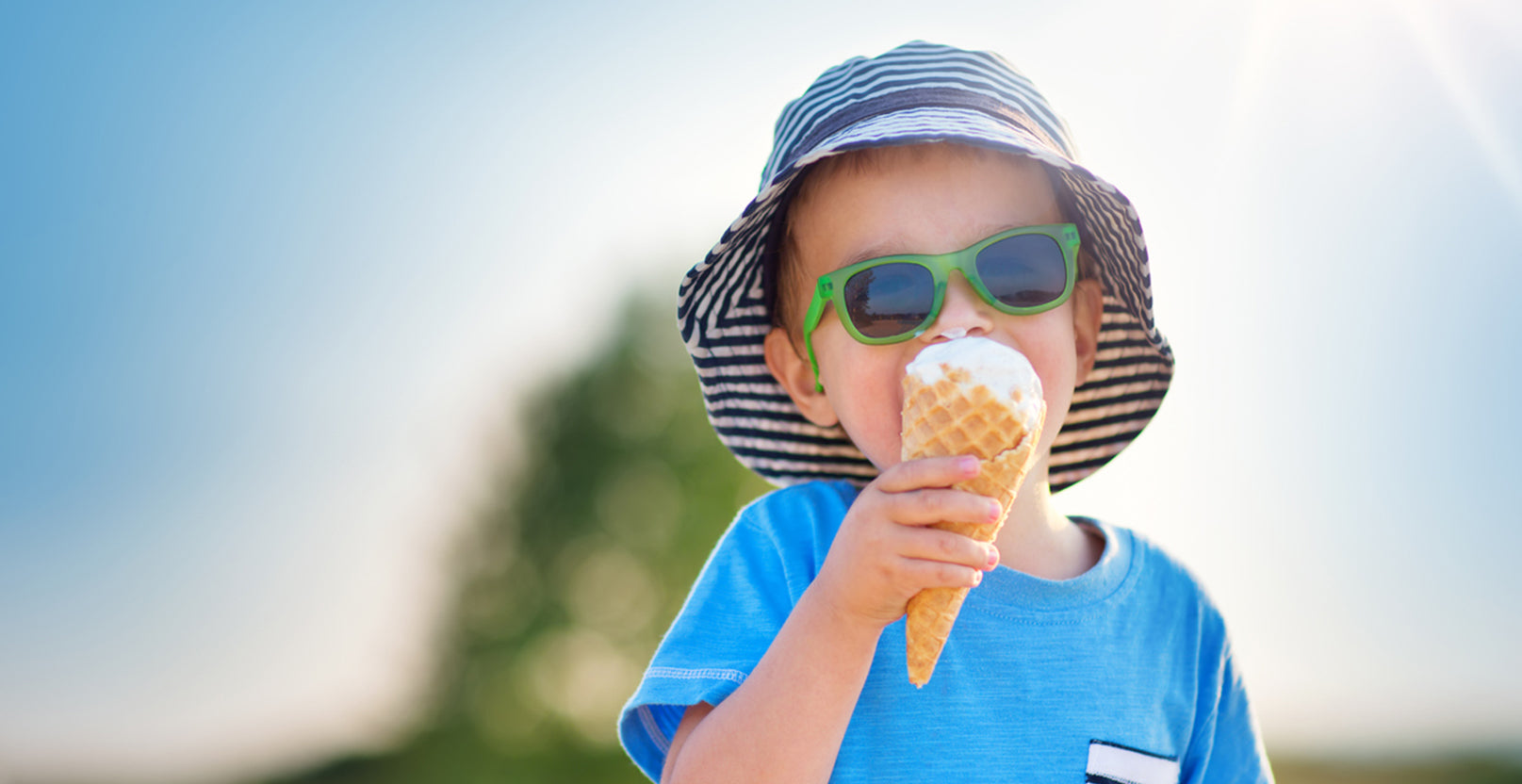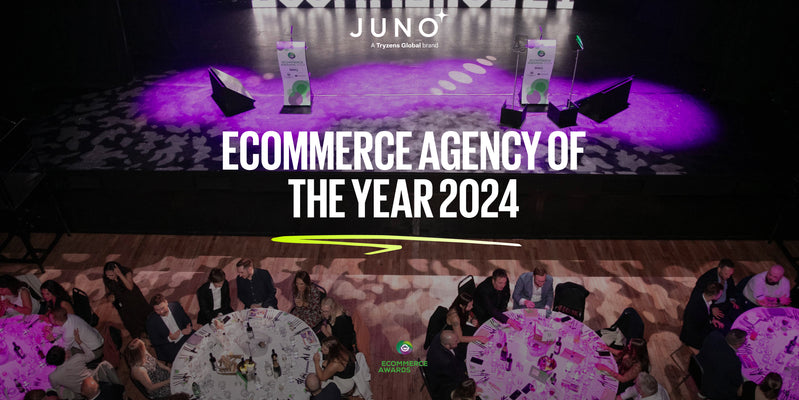Jul 24,2019 Shopify API Ecommerce
How to capitalise on good weather in your marketing

How weather impacts behaviour
No one can gab about weather like Brits can. It’s too hot, too cold, too windy, too snowy, not snowy enough. And the term ‘British summer’ has become a running joke to explain away a week of torrential rain or a surprise June blizzard.
But aside from being fuel for small talk, the weather has a huge impact on our moods and behaviours. Ever made spontaneous BBQ plans after waking up to sunshine? Or cancelled plans after checking the forecast?
What’s more, these moods and patterns are predictable. Studies have consistently found that sunlight increases serotonin levels and lifts our mood, while phenomenons like ‘Sunshine Saturday’ – the busiest day of the year for holiday bookings in Europe – demonstrate our eagerness to escape the cold.
This correlation between mood and weather gives marketing teams an invaluable opportunity to tap into your customers’ wants. No other factor can give you so much immediate, accurate and universal insight into what your customers might be feeling at any given moment. And with 70% of British people checking the forecast on a daily basis, it’s a theme you can’t afford to ignore.
It goes way beyond sales of raincoats and ice cream. The weather impacts almost every industry, including fashion, travel, food and drinks, health and beauty, home and garden, entertainment, and many, many more.
But tracking weather-induced behaviour isn’t as simple as looking at a two-week forecast. Context also plays a big part in understanding how weather impacts our mood – specifically, the season and the location. For example, 22°C on a British summer day feels pleasantly warm, but that same temperature in early spring will cause a stampede to the beer gardens.
So, how does this help you? It’s all about using these insights to create campaigns that resonate with your customer’s mood.
Here's some examples of effective weather-based marketing:
Stella Artois Cidre: Digital out-of-home campaign
In the ultimate showcase of weather-based marketing, Stella Artois used a real-time weather data plug-in to trigger Liveposter ads for the brand’s Cidre. Whenever temperatures rose two degrees above the national average, passersby saw an ad for a cold glass of Stella Artois Cidre, establishing themselves as the drink of the summer.
Following their campaign, Stella Cidre reported a 65.6% increase in year-on-year sales during the time they ran the weather-responsive ads. Because of the online buzz around the ads, the brand also generated £15,000 in earned media value.
La Redoute: Digital out-of-home campaign
Similarly to Stella Cidre, fashion brand La Redoute created live weather billboard ads. Using a selection of preinstalled creatives, the ads changed to feature a different weather-appropriate outfit whenever sensors detected changes in the temperature or precipitation.
The weather-triggered billboards increased La Redoute’s website traffic by 34%, and generated a 17% increase in sales during the campaign.
Bravissimo: PPC campaign
After analysing their historical weather data, lingerie brand Bravissimo realised their swimwear sales were higher when the sun was shining – regardless of how warm it was. To capitalise on this, they ran a three-month pay-per-click (PPC) campaign to promote their swimwear range, integrating live weather data into their Google AdWords platform. The ads only appeared in areas that were sunny, reducing the cost of the campaign by only marketing to people likely to have a higher purchase intent.
Over the three months, Bravissimo saw a massive 600% rise in swimwear sales, along with a 103% increase in conversion rate.
Starbucks: Email campaign
With a wide range of both hot coffees and iced lattes, Starbucks is a great brand to follow for weather-related marketing inspiration. This email, sent to Starbucks Rewards customers, uses the universal relief of sunny spring weather to advertise their Iced Caramel Macchiato.
By customising the subject line with an area name tag, they create a perfectly contextualised email that reaches customers who are looking to enjoy the long-awaited spring weather.
Dunkin’ Donuts: Email campaign
In an area where good weather is rare? Here’s an example of how to capitalise on bad weather. Dunkin’ Donuts sent out weather-based emails to capture the attention of the people battling a stormy Northeast winter in America. Using a short, snappy subject line and tempting imagery, these emails work to remind their audience that, although the weather is rough, hot coffee and doughnuts await them.
Ways to capitalising on good weather
As unpredictable as day-to-day weather is, it’s guaranteed that the weather is going to be hot at some point. Similarly, they’ll be times of the year when penguins would feel right at home. This means, just like you would with a Christmas campaign, you can plan your seasonal marketing assets months in advance – ready to whip out as soon as the temperature changes.
Here are some things you can do capitalise on good (or bad!) weather.
Emails campaigns
Being reactive to sunny spells is one of the easiest ways you can increase your email engagement. Whether it’s reminding someone to pick up suncream or tempting them down to the pub after work, you can use real-time emails to resonate with how your customers are feeling. Create subject lines that let customers know immediately your email is weather-related to guarantee better open rates.
If the weather isn’t consistent across the country (Glasgow might be experiencing completely different temperatures to London), you can segment your subscribers by their location, so you send out messaging that accurately reflects the weather where they are. If you don’t have access to that kind of data, try sending a more generalised seasonal email.
Theme changes & animation
With everyone racing outside during periods of summery weather, it’s natural for your website traffic to take a dip. But it’s also likely that the people who do land on your site are responding to the current weather – for example, by shopping for a new bikini or a pair of sandals. By making small adjustments to your site – such as changing your sales banners, picking a new colour scheme or adding some weather-appropriate animations – you can help maximise your conversions during these low-traffic periods.
Put your summery products – whether that’s bikinis, shorts, suncream or BBQs – front-and-centre on your website, using plenty of lifestyle images and calls-to-action to direct customers to the products that’ll make their summer even better.
App pushes & notifications
If you have an app, there’s no excuse not be using app pushes to capitalise on good weather. Your customers may have left their laptops behind for a day in the sun, but they definitely have their phones. Send out messages to let them know about your bestselling summer products, or offer them a targeted discount: Phew, it’s hot out there! Cool down with 20% off our swimwear range. Ends tomorrow!
Not set up with a push-notification service? If you don’t have the capacity to manage app pushes manually, there are heaps of options to choose from.
PPC & social ads
Using ad campaigns is another easy way to stay reactive to shifting weather conditions. What’s more, an increasing number of apps are popping up to cater to this. Although you can use a more DIY approach using Google’s weather-based management script, a third-party app can help you be faster and more targeted with your ads.
By integrating a weather-targeting app into your ad platforms, you can trigger campaigns based on your audience’s current and forecast weather, using real-time localised climatic conditions.
Digital out-of-home media
If you have the budget, this is an incredibly effective way to market to a huge audience and increase your brand awareness. And because you’re not popping up on someone’s phone, it’s also unobtrusive, which can make customers more receptive to your message.
Digital out-of-home media is also a great way to utilise location to personalise your marketing – and you don’t even need to gather any data. You already know the locations the people viewing your digital billboard are in. If you want to go one step further, use weather-sensors to tailor the ads to your audience’s current climate.
Ready to supercharge your marketing?
If you don’t have the resources for a weather-based campaign, or you need a little expert inspiration, our marketing team can lend a hand. Whether it’s a complete integrated campaign or some light-touch email newsletters, we can help pump life back into your brand’s marketing. Get in touch today to find out more.
Happy sunbathing!


